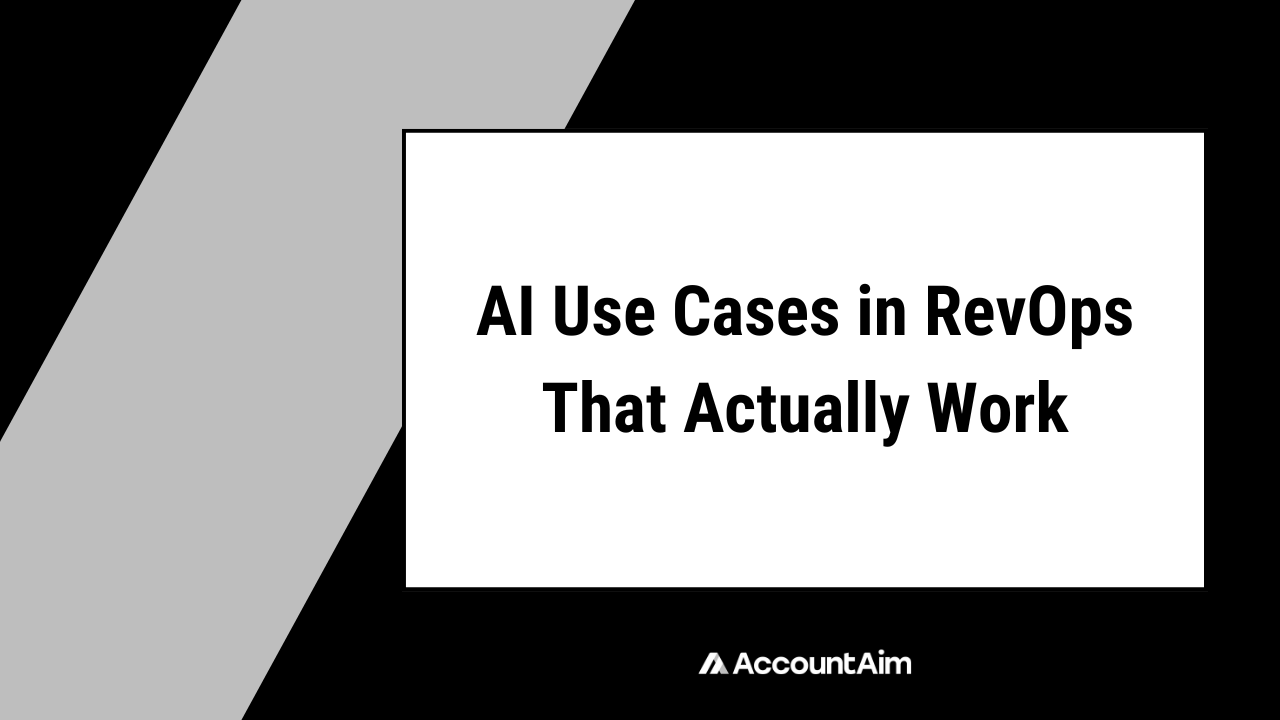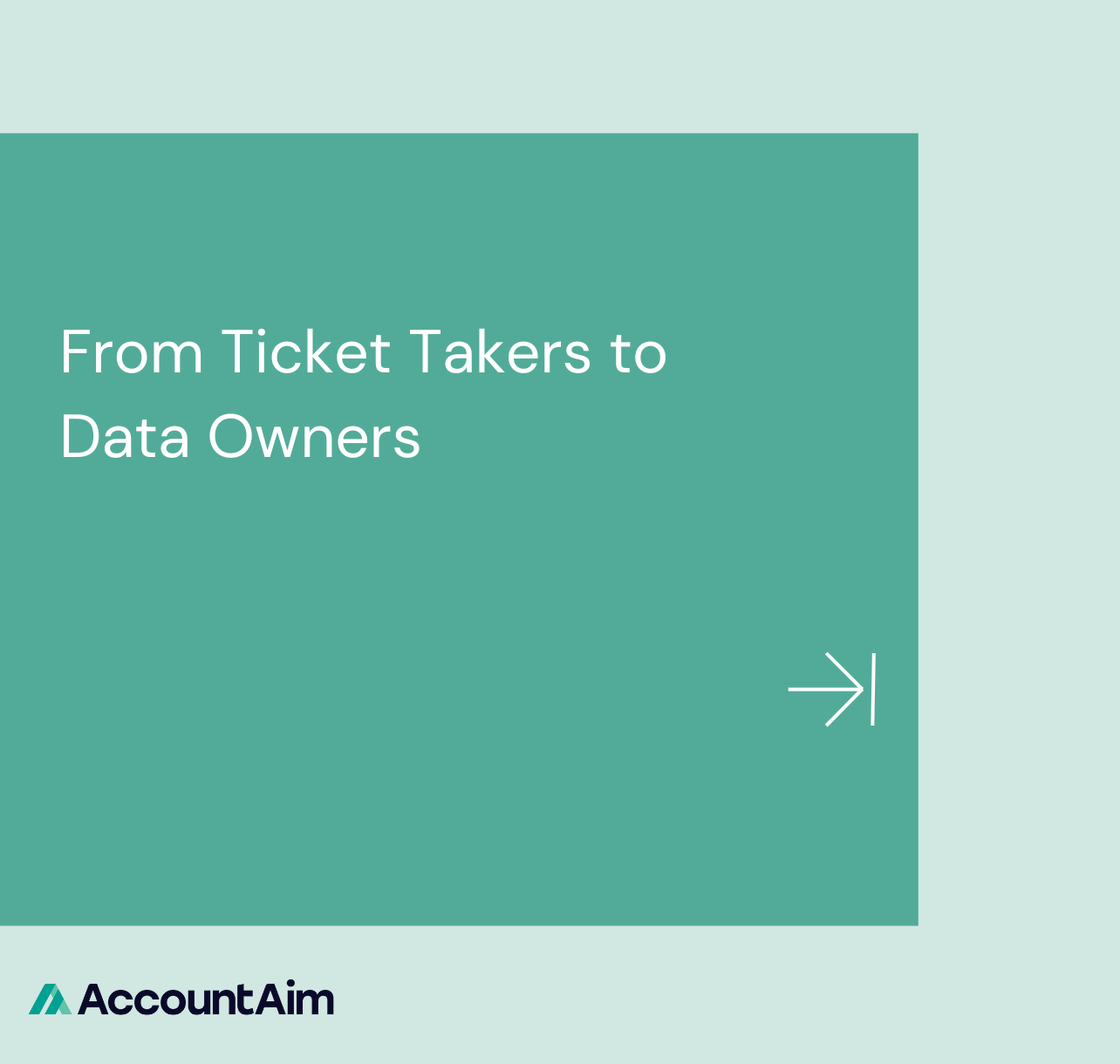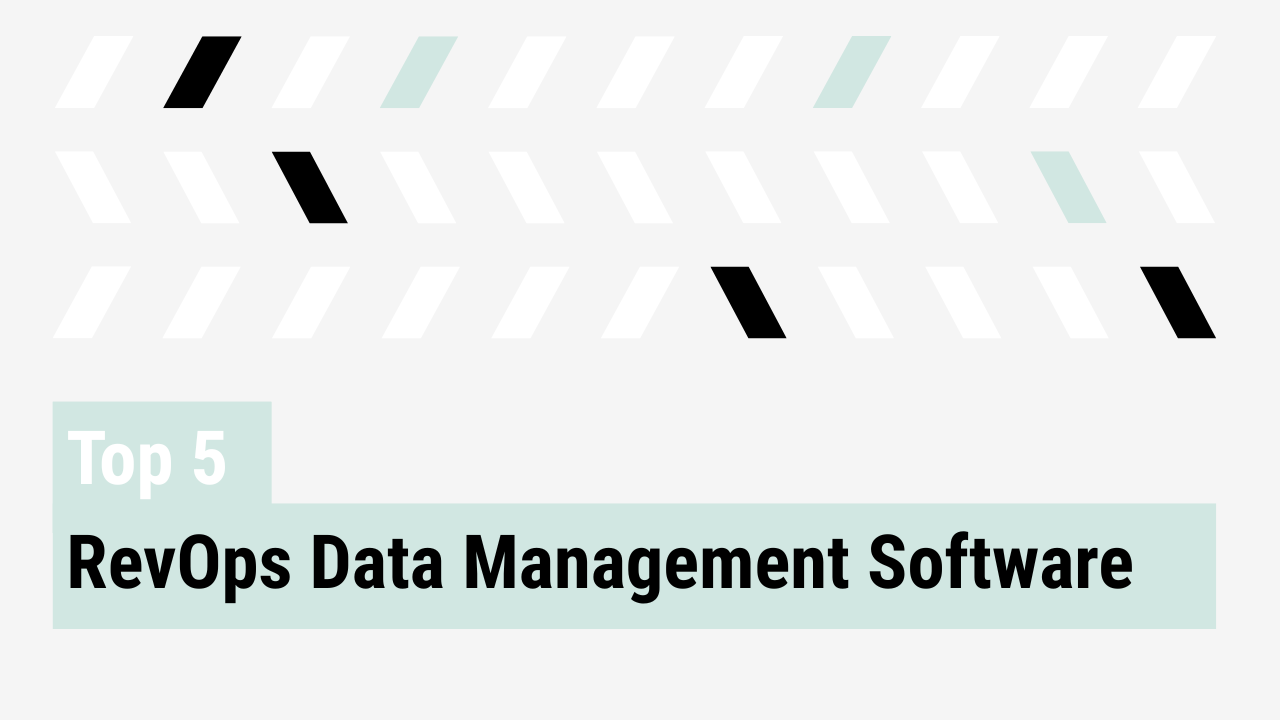AI is everywhere in RevOps right now, and the smartest teams aren’t chasing hype. They’re getting results by applying AI in simple, tactical, repeatable ways. These AI use cases in RevOps may not grab headlines, but they do move pipeline, accelerate forecasting, and free up ops capacity. In this post, we’ll explore the use cases that work and the shiny objects worth skipping.
Forecasting automation: The AI win nobody talks about
Fancy dashboards and sentiment-scoring gimmicks tend to get attention. But one of the most valuable applications of AI in RevOps is forecast automation. These tools quietly read pipeline changes, compare historical win rates, and surface risks earlier.
Teams that automate forecasting workflows reduce gut-based reporting, cut down reconciliation time, and help GTM leaders plan more effectively. This is foundational AI.
“We’re leaning very heavily into AI in our sales process, using tools to automatically update pipeline next steps. Gong AI is incredible for summarizing calls. Automating note-taking and CRM updates helps us hand off customers more effectively to Customer Success and get them up and running faster.”
— Ryan Milligan, QuotaPath
Account prioritization that actually saves time
Account scoring has been around for a while, and AI has taken it further. Rather than relying only on static firmographics, AI-powered models incorporate engagement, intent signals, deal history, and rep feedback to surface best-fit accounts.
These tools help reps understand which accounts deserve their attention and when.
The impact? Fewer dead-end conversations. Cleaner rep workflows. And better alignment between Sales and Marketing on where to spend time.
This kind of improvement builds momentum across the go-to-market motion. By giving reps a clearer picture of who to prioritize and when, teams waste less time on low-potential accounts and drive more consistency in outbound execution. Over time, these small gains in focus and efficiency lead to measurable improvements in pipeline velocity, conversion rates, and overall team performance.
Automating the RevOps grunt work
AI also supports the operational load that typically bogs down RevOps teams.
RevOps teams are using AI to:
- Deduplicate and enrich CRM records
- Route leads based on intent signals
- Detect pipeline stagnation
- Auto-generate follow-up tasks and notifications
These may not be high-visibility projects, but they help teams reclaim hours and reduce human error at scale.
“You really do have to balance the strategic and the tactical and carve out time to get back in the systems… SQL is an area to help learn and utilize data in a more unified way. That’s going to be the foundation to a lot of AI workflows.”
— Hannah Wendt, NoFraud
AI helps draft the first version of many processes and lets strategic RevOps leaders focus on refinement and execution.
What to skip: Overhyped AI that won’t scale
RevOps faces its share of shiny tools and overpromised features. A few things to skip (for now):
- Generative AI for forecasting. The results can be unreliable and difficult to explain.
- One-click go-to-market strategy generation. These tools may demo well but often lack clear ROI.
- Unsupervised territory design. These outputs often conflict with business logic and strategic intent.
Before automating complex decisions, teams should focus on automating data preparation and process triggers. Getting the inputs right makes everything downstream easier to manage.
Final takeaway: Keep it boring
The most effective AI applications in RevOps are focused, tactical, and often repetitive. They clean up data, reduce keystrokes, flag stuck deals, and keep forecasts accurate.
If the results seem unremarkable at first, that may be a sign the system is working exactly as it should.



